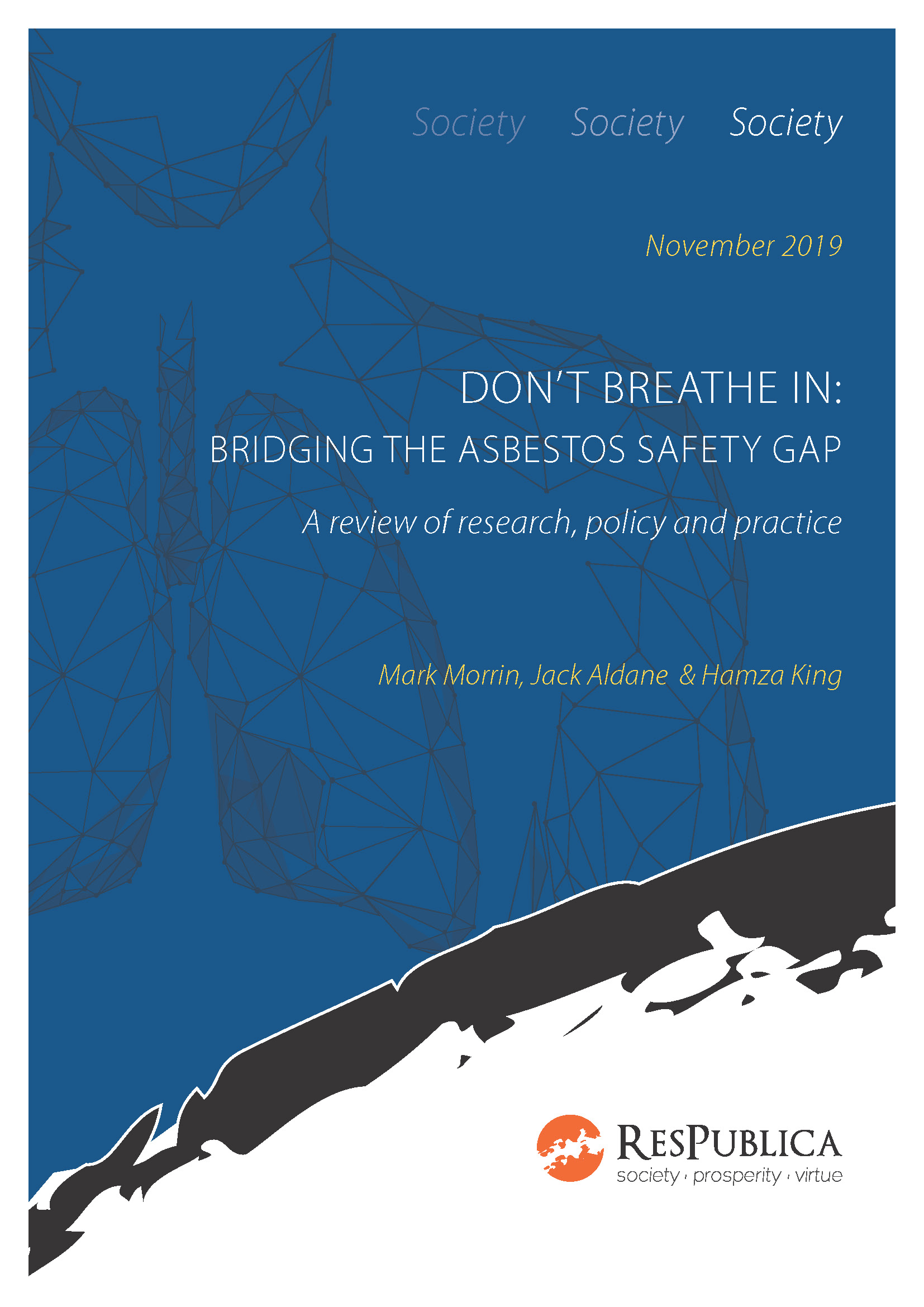On the 24th of November 1999, the United Kingdom banned the use of asbestos. Twenty years later and this toxic mineral still plagues public health, being linked to multiple diseases including mesothelioma.
But why has asbestos remained such a threat to public health, despite laws which prevent its use? The answer is two-fold.
First, vast quantities remain inside public and private buildings throughout the UK. This is because we used asbestos heavily in construction up until the 1980’s and have been unable, or perhaps unwilling, to remove it from the schools, hospitals, and domestic premises’ where it remains in-situ.
Second, the laws we enact to manage this in-situ asbestos, such as the Control of Asbestos Regulations 2012 (CAR12), do not effectively safeguard the public from harm. Not only do our asbestos laws lag in comparison to those in many European countries, such as Germany and France, but evidence has pointed to there being widespread non-compliance with CAR12 in the UK.
A key issue in the UK is ignorance. We are simply unaware of how much harm asbestos is causing. And this is not because such knowledge is unattainable, rather, it is due to our substandard regulatory framework, which belittles the actual harm of asbestos.
The Health and Safety Executive (HSE) require a ‘duty holder’ to ‘manage the risk of asbestos exposure in public buildings. These ‘duty holders’ are responsible for identifying the location and condition of asbestos. When it is disturbed or removed, air monitoring take place to ensure the concentration of airborne asbestos fibres are at a ‘safe’ level, before the building is repopulated. Concerns about the risk, and cost, of removing asbestos has led the HSE to affirm that it is generally safer to leave asbestos in-situ than to remove it, provided it is in a ‘good condition’.
However, the HSE’s approach is rather unique in comparison to other countries. In fact, the UK has some of the weakest standards in Europe, while also having some of the highest mesothelioma rates.
The role of ‘duty holder’ has caused confusion, as it applies to different people depending on circumstances, which has led to widespread non-compliance.
There has been rising levels of occupational mortality due to asbestos-related disease, with nurses and teachers being 3 and 5 times more likely to develop mesothelioma because of their work environment.
Our air monitoring standards are ten times weaker than those in Germany and are unable to differentiate between the different types of asbestos fibres, which pose different levels of harm.
The European Parliament has called for the removal of asbestos from all European public buildings by 2028; we have made no such commitment.
And while the cost of removing asbestos is presumed to be exorbitant, further research is necessary to determine exactly how much this would be in relation to the cost of perpetually maintaining asbestos, which degrades over time to become more of a threat.
Our ‘Airtight on Asbestos’ campaign seeks to influence the HSE’s regime on asbestos management so that it more accurately reflects the risk to public health. As a minimum, the UK should improve air monitoring standards in-line with those of our European counterparts. This will broaden our knowledge on the prevalence and risk of asbestos exposure across the country. Greater knowledge makes for more accurate data, which can inform a commitment to remove asbestos from locations where it is a high-risk.
The ‘duty holder’ is a cornerstone of asbestos regulation, it is therefore crucial that this role is revised so that duties are articulated clearly, to address the issue of non-compliance. While changes to the law are required, compliance with the law is essential. As the former achieves nothing without the latter.
Twenty years since the ban and it is clear that we have made a mess of asbestos, hopefully in another twenty years we will have cleaned it up.




